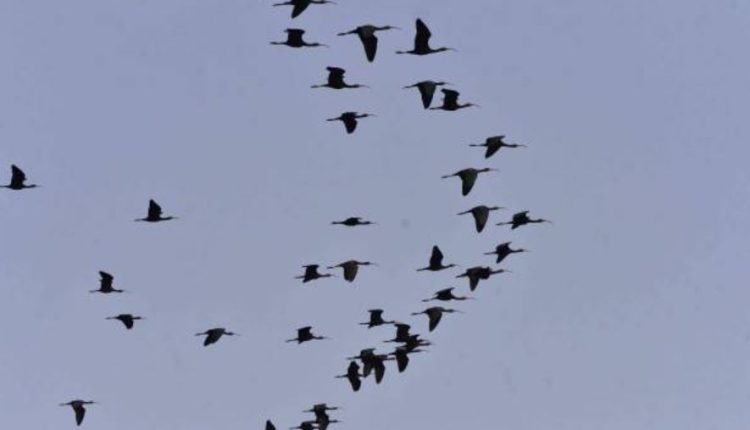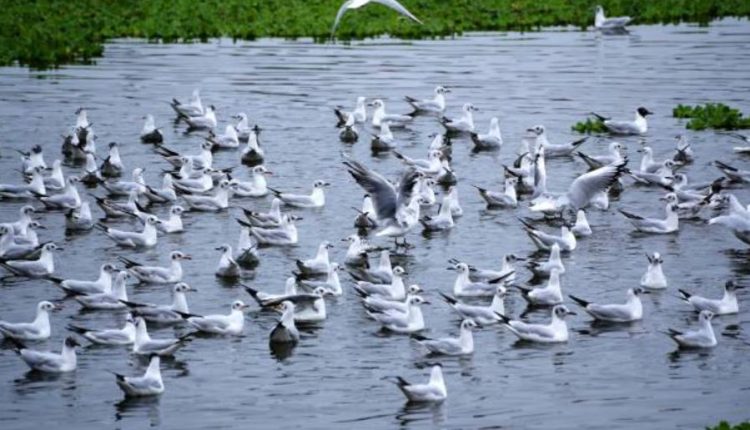
As the seasons shift, billions of animals worldwide embark on awe-inspiring journeys in search of food, better habitats, or breeding grounds.
From flying birds to swimming sea turtles, these migratory species traverse international borders and diverse habitats, playing vital roles in ecosystems and cultures.
Global Report Reveals Dire State of Migratory Species
However, a sobering report by the United Nations reveals that human activities are jeopardizing the survival of many migratory species.
The report, the first of its kind, unveils alarming statistics: nearly half of the world’s threatened migratory species are experiencing declining populations, with over a fifth teetering on the brink of extinction.
Amy Fraenkel, executive secretary of the UN Convention on the Conservation of Migratory Species of Wild Animals, underscores the significance of these species, not only ecologically but also economically and culturally.
Compiled by conservation scientists, the report offers the most comprehensive assessment to date of migratory species protected under the Convention on Migratory Species.
While some conservation efforts show promise, such as wildlife crossings, regulations against poaching, and habitat protections, the report underscores the urgent need to bolster and expand these initiatives to reverse population declines.
This publication adds to a growing body of evidence highlighting the plight of Earth’s non-human inhabitants.
Read more: Exploring The Hottest Dating Trends Of 2024: Igniting Romance
Human Activities Threaten Animal Migratory Patterns

Earlier assessments on biodiversity and wildlife populations have raised alarms about the accelerating rate of species extinction due to human activities like deforestation, overconsumption, pollution, and climate change.
For migratory species, human-induced threats are particularly dire. The report identifies hunting, overexploitation, habitat loss, invasive species, pollution, and climate change as major culprits behind their decline.
Climate change, in particular, disrupts seasonal patterns, leading to mismatches in migration timing, a phenomenon known as phenological asynchrony.
Against this backdrop, world leaders from 133 countries convene to address these challenges at the Convention for Migratory Species in Uzbekistan.
Fraenkel stresses the report’s role in galvanizing urgent action, urging stakeholders to heed its findings and take concrete steps to safeguard these remarkable species.
As the fate of migratory species hangs in the balance, the report serves as a call to action for individuals and policymakers alike. Fraenkel urges everyone to play a part in ensuring the continued survival of these awe-inspiring creatures by taking proactive conservation measures.
Read more: Prince William’s Gracious Response To Public Messages For King Charles And Kate

